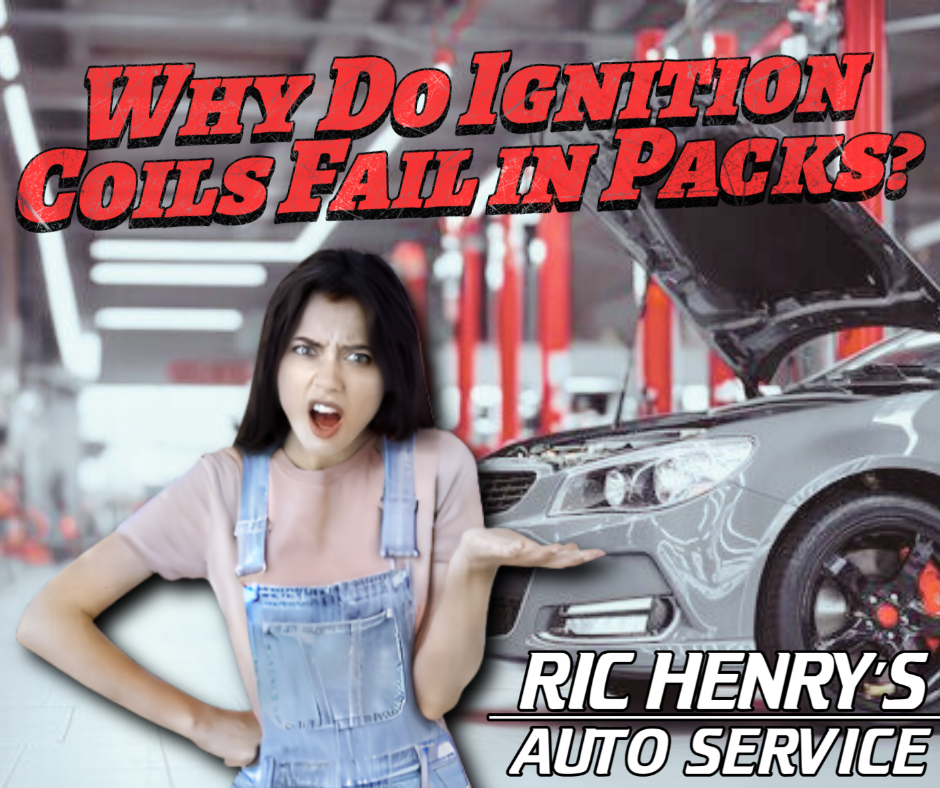The Heated Oxygen Sensor
NaTasha Brand • October 15, 2025
Your Engine’s Snitch and Its Dramatic Ways to Quit

Here in San Angelo, where a drive down Chadbourne Street can go from a breezy cruise to a sun-baked crawl in seconds, your car’s engine is constantly making split-second decisions. And right in the middle of this high-stakes drama is a component that’s both a brilliant informant and a notorious diva: the Heated Oxygen Sensor (HO2S).
Let’s pull back the curtain on this tiny but mighty guardian of your wallet and the environment.
What in the World Does an Oxygen Sensor Actually Do?
Think of your oxygen sensor, or O2 sensor, as the engine’s personal snitch. It’s screwed into your exhaust manifold or pipe, strategically positioned to sample the burnt exhaust gases leaving the engine. Its job is to analyze the oxygen content in that exhaust and report back to the car’s main computer, the Engine Control Unit (ECU).
Why? It’s all about the perfect air-fuel mixture, known as the stoichiometric ratio. The ECU wants a precise 14.7 parts air to 1 part fuel for optimal combustion. If the O2 sensor reports "too much oxygen" (a lean mixture), the ECU commands the fuel injectors to add more fuel. If it reports "not enough oxygen" (a rich mixture), it tells the ECU to cut back.
This constant, real-time feedback loop happens dozens of times per second, ensuring your engine runs efficiently, delivers decent power, and keeps its toxic emissions in check. The "heated" part simply means it has a little internal heater to get it up to operating temperature quickly, a crucial feature for those short trips to H-E-B where the engine never fully warms up.
The Dramatic Failure Modes: How Your O2 Sensor Throws in the Towel
Like any good drama, the O2 sensor doesn’t just fail quietly. It goes out with flair, and its failure modes are a spectacle of automotive misery.
The Lazy Sensor (Slow Response): This is the sensor that’s just phoning it in. Its response time slows to a crawl, like molasses on a cold West Texas morning. It can’t keep up with the rapid changes in the engine’s needs, leading to poor fuel economy, a sluggish feel, and rough idling. You’re paying for gas that isn’t doing you any favors.
The Pathological Liar (Bias/Shift Failure): This sensor has decided to live in its own reality. It consistently reports that the fuel mixture is either richer or leaner than it actually is. Trusting this bad intel, the ECU spends all its time over-correcting, leading to a cascade of problems, including a clogged catalytic converter, a repair that makes an O2 sensor replacement look like pocket change.
The Silent Treatment (Heater Circuit Failure): The internal heater gives up the ghost. On short trips around San Angelo, the sensor never gets hot enough to start "snitching," so the ECU just runs on a pre-programmed, less-efficient map. Your fuel economy tanks, and you might not even get a check engine light right away. It’s a silent budget killer.
The Complete Meltdown (Total Failure): It’s dead, Jim. The sensor stops sending any signal whatsoever. This immediately triggers a glaring check engine light and forces the ECU into "limp mode," using default values that guarantee terrible performance and sky-high emissions. Your car will run, but it won’t be happy about it.
Why Trusting Your Car’s Snitch to Ric Henry’s Auto Service is a Smart Move
Diagnosing which of these dramatic performances your O2 sensor is putting on requires expertise and the right tools. At Ric Henry's Auto Service, our experienced technicians are equipped with the same advanced diagnostic scanners the dealerships use. We don’t just guess; we pinpoint the exact failure mode.
We offer comprehensive auto repair services, and replacing an oxygen sensor is a perfect example of a job we’ve mastered. We don’t just fix the immediate problem; we perform a full system check to ensure the root cause is addressed. From this specific repair to major overhauls and a full suite of other maintenance services, we handle it all.
And because we believe in our work, every service we provide is backed by a robust 3-year/36,000-mile warranty. That’s peace of mind you can’t get from a quick-lube shop.
So, if your check engine light is glaring at you or your fuel economy has taken a nosedive, don't let a temperamental sensor lead you astray. Trust the pros at Ric Henry's Auto Service to get your engine’s informant back on the payroll.
After all, the only drama we want in your car is whatever’s playing on the radio.






Share On: